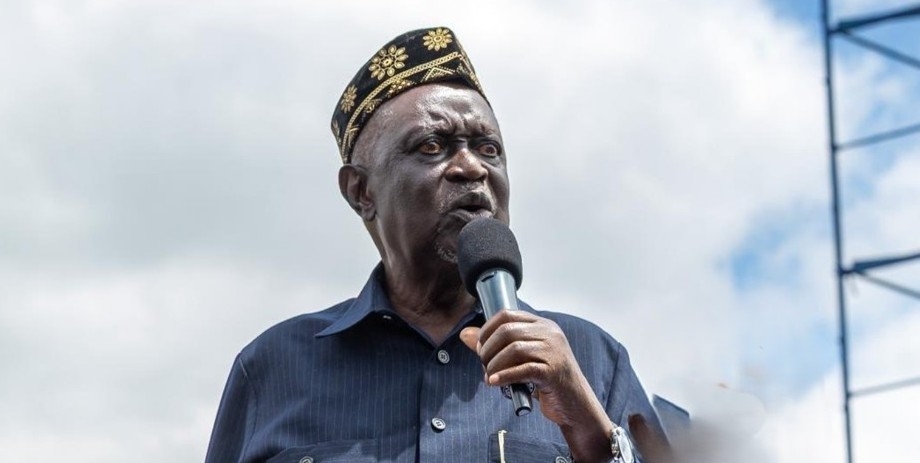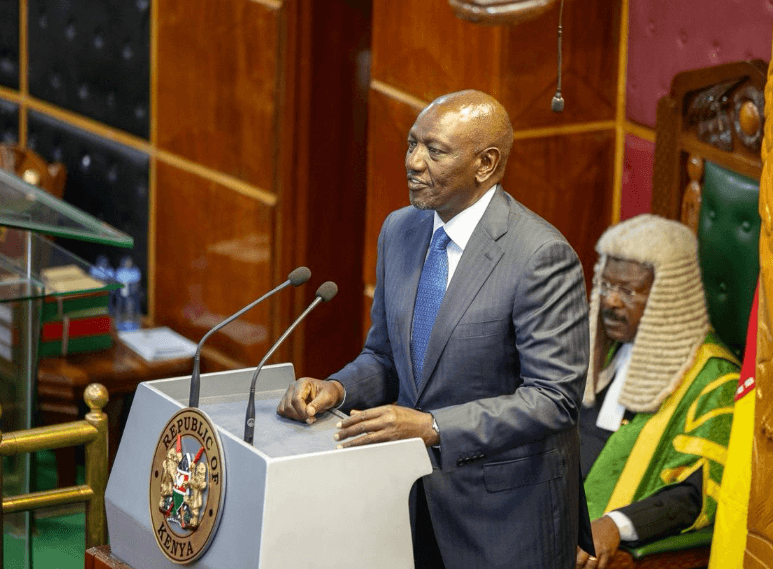
Given Africa’s rapidly increasing population and the global target to reduce greenhouse gas emissions, universal access to electricity and decarbonisation of energy systems are priorities for the continent.
Financing Africa’s energy shift will require creative approaches due to limited access to capital and high political and regulatory barriers.
PublicPrivate Partnerships offer one strategy that can help governments navigate the energy transition effectively.
PPPs have been widely used for financing and operating a range of public services such as energy infrastructure, transportation and telecommunications.
These partnerships’ delivery models vary in terms of financing structure, allocation of asset ownership and operational responsibilities among stakeholders at various stages of a project.
The most common models include the following: design build, design-build-fi nance-operate, build-own operate-transfer and build-lease-operate-transfer.
Most African governments are facing challenges in closing the energy infrastructure gap due to increasingly limited fiscal capacities.
As of 2022, more than half of low-income countries in sub-Saharan Africa were at high risk for, or were already in, debt distress. Kenya equally falls under this category.
The African Development Bank estimates that Africa’s energy sector requires $29 billion (Sh3.7 trillion) annually.
PPPs are becoming a resource for governments to further develop their energy sectors. Kenya cannot be left behind.
Kenya is guided by the PPP Act, 2021, which provides for the participation of the private sector in the financing, construction, development, operation or maintenance of infrastructure or development projects through PPPs.
Kenya’s Least Cost Power Development Plan (2024- 2047) forecasts that based on the current connection trajectory of an average of 300,000 annually, universal electricity access is projected to be achieved by the year 2031 in the reference scenario.
However, in the vision scenario, accelerated connections at the rate of 500,000 annual connections could attain universal connectivity by 2028.
This will result in the increase in the electricity peak demand and electricity sales.
In response to this projected demand growth, Kenya has planned to increase installed generation capacity and power generated.
Further it will tap in the regional power pool (Kenya-Tanzania (Isinya-Namanga), KenyaUganda (Lessos-Tororo) and Ethiopia-Kenya that will facilitate realisation of regional power trade within EAC and beyond) to meet its energy demands. To meet this demand, massive investment in the entire energy value chain will be expected.
This includes financing by government through exchequer, financing by development partners and engagement of private investors through the PPP framework.
The total length of the transmission and distribution network in Kenya increased from 236,139 km to 9,745,179 km in the last five years attributed to the government’s continued effort to reinforce and expand the transmission and distribution network.
However, Kenya’s transmission network has been identified with limiting transmission related gaps that may slow down the country’s aspirations of attaining universal electricity access by 2030.
To lower the transmission and distribution losses that end up affecting our power bills, we have to increase our transmission infrastructure.
Guided by Kenya Electricity Transmission Company Strategic Plan 2023- 2027, the government will construct 41 transmission lines, with a route length of 2,931km (4600 km in circuit length), 36 associated sub stations and upgrade existing ones during the medium term.
Further, Kenya targets to construct modern National System Control Centre with the main objective of efficient monitoring and control of the Electricity Grid.
Kenya requires an estimated Sh350.78 billion to run the power transmission function in the medium term that is to be financed through both internal and external revenue sources.
Ketraco still faces a resource gap of approximately Sh181 billion.
These gaps can be filled through various initiatives including the Sh100 billion (approximately) that’s targeted to be financed through the PPP framework.
Let us support and embrace the PPP framework as it
will ease the burden on the exchequer.
















![[PHOTOS] Betty Bayo laid to rest in Kiambu](/_next/image?url=https%3A%2F%2Fcdn.radioafrica.digital%2Fimage%2F2025%2F11%2F3b166e2e-d964-4503-8096-6b954dee1bd0.jpg&w=3840&q=100)
